
An Engine + Powertrain Technology International conference
from the founders and organizers of the International Engine + Powertrain of the Year Awards

 Michael Southcott
Michael Southcott Ian Constance
Ian Constance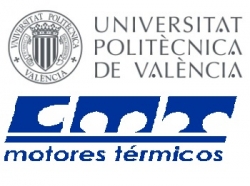 Antonio García Martínez
Antonio García Martínez Dr Arjen de Jong
Dr Arjen de Jong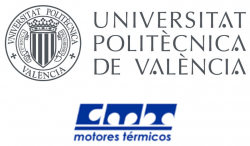 Prof José Ramón Serrano
Prof José Ramón Serrano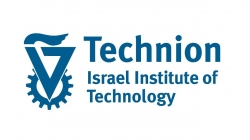 Prof Leonid Tartakovsky
Prof Leonid Tartakovsky Bengt Ovelius
Bengt Ovelius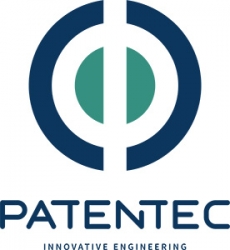 Svein K Aasen
Svein K Aasen Antonio García Martínez
Antonio García Martínez Dr Richard Osborne
Dr Richard Osborne Roberto Golisano
Roberto Golisano Jeffrey England
Jeffrey England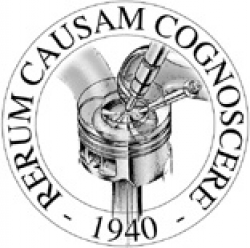 Dr Carlo Beatrice
Dr Carlo Beatrice Dr Thorsten Boger
Dr Thorsten Boger Dr Paul Kirkman
Dr Paul Kirkman Scott Rajala
Scott Rajala Prof Sam Akehurst
Prof Sam Akehurst Dr Phil Roberts
Dr Phil Roberts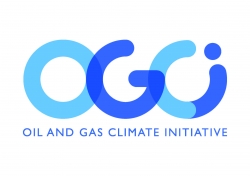 Dr Kai Morganti
Dr Kai Morganti Dr Cedric Rouaud
Dr Cedric Rouaud Prof Robert Morgan
Prof Robert Morgan Anna Krajinska
Anna Krajinska Dr Graham Conway
Dr Graham Conway Prof Robert Morgan
Prof Robert Morgan Dr Hans-Josef Schiffgens
Dr Hans-Josef Schiffgens Thomas Körfer
Thomas Körfer Can Kayacan
Can Kayacan Ralf Bey
Ralf Bey Prof Silvia Marelli
Prof Silvia Marelli Nick Owen
Nick Owen Dr Barbara Graziano
Dr Barbara Graziano Dr Julie Blumreiter
Dr Julie Blumreiter Larry Fromm
Larry Fromm Dheeraj Gosala
Dheeraj Gosala Paul Freeland
Paul Freeland Dr Andreas Rennet
Dr Andreas Rennet Boris Zhmud
Boris Zhmud Frank Abkenar
Frank Abkenar Carsten Weber
Carsten Weber Dr Peter Kelly Senecal
Dr Peter Kelly Senecal Prof Sam Akehurst
Prof Sam Akehurst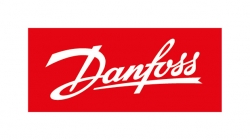 Daniel Abrahams
Daniel Abrahams Steffen Mack
Steffen Mack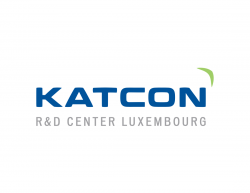 Guillaume Darding
Guillaume Darding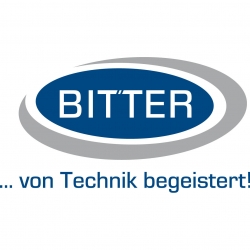 Gerald Feichtinger
Gerald Feichtinger Dr Lucien Koopmans
Dr Lucien Koopmans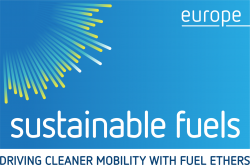 Ewa Abramiuk-Lété
Ewa Abramiuk-Lété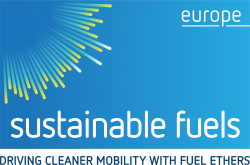 Walter Mirabella
Walter Mirabella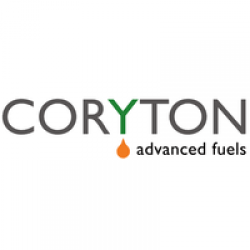 David Richardson
David Richardson Paul Freeland
Paul Freeland Dr Carlo Locci
Dr Carlo Locci Dr Marcus Lundgren
Dr Marcus Lundgren Dr Lucien Koopmans
Dr Lucien Koopmans Dr Wisdom Patrick Enang
Dr Wisdom Patrick Enang Dr Joachim Demuynck
Dr Joachim Demuynck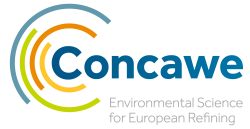 Roland Dauphin
Roland Dauphin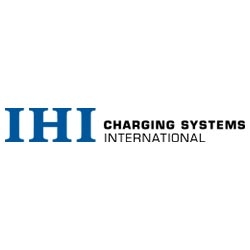 David Kunkel
David Kunkel Eric Heinicke
Eric Heinicke